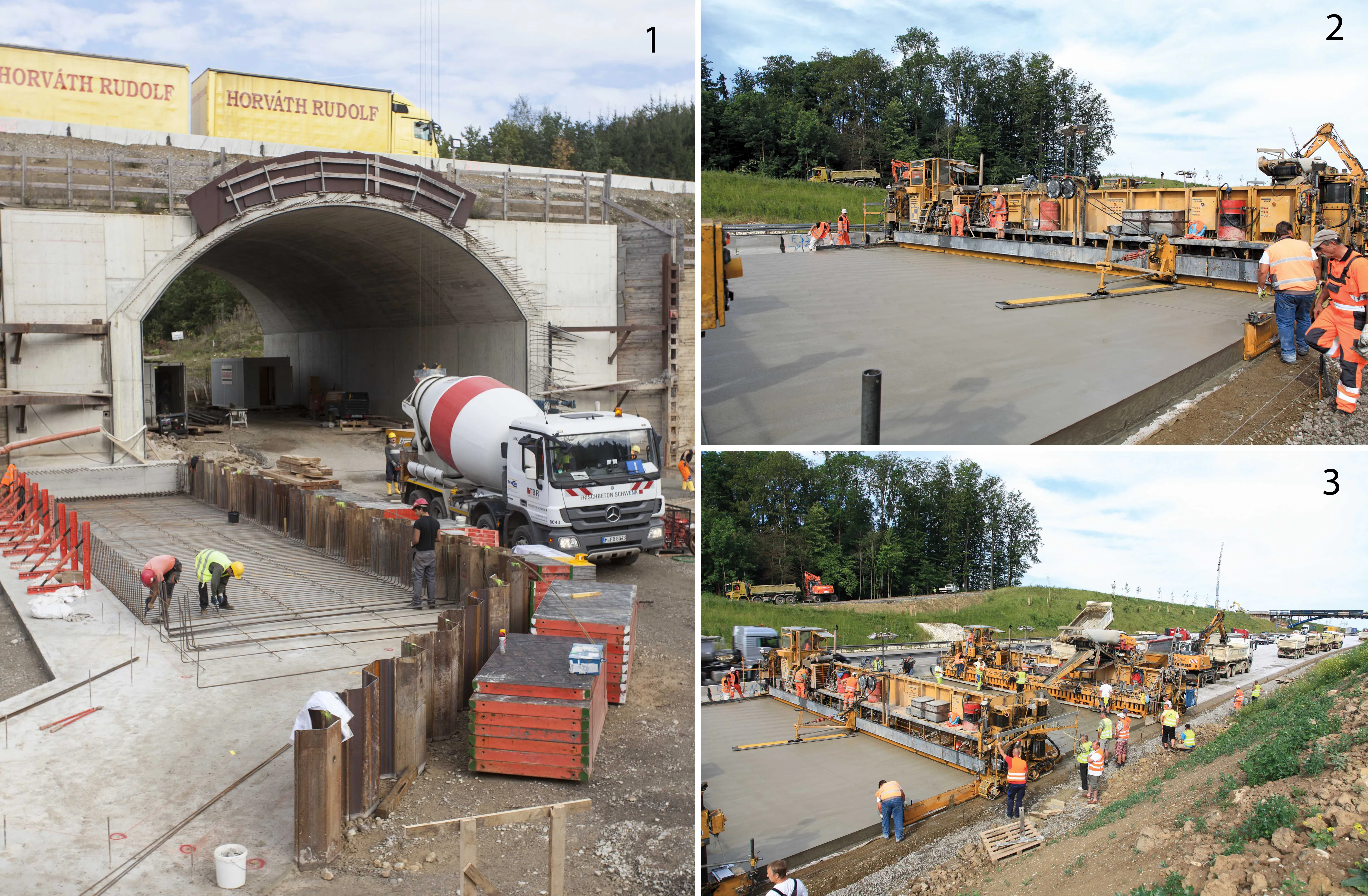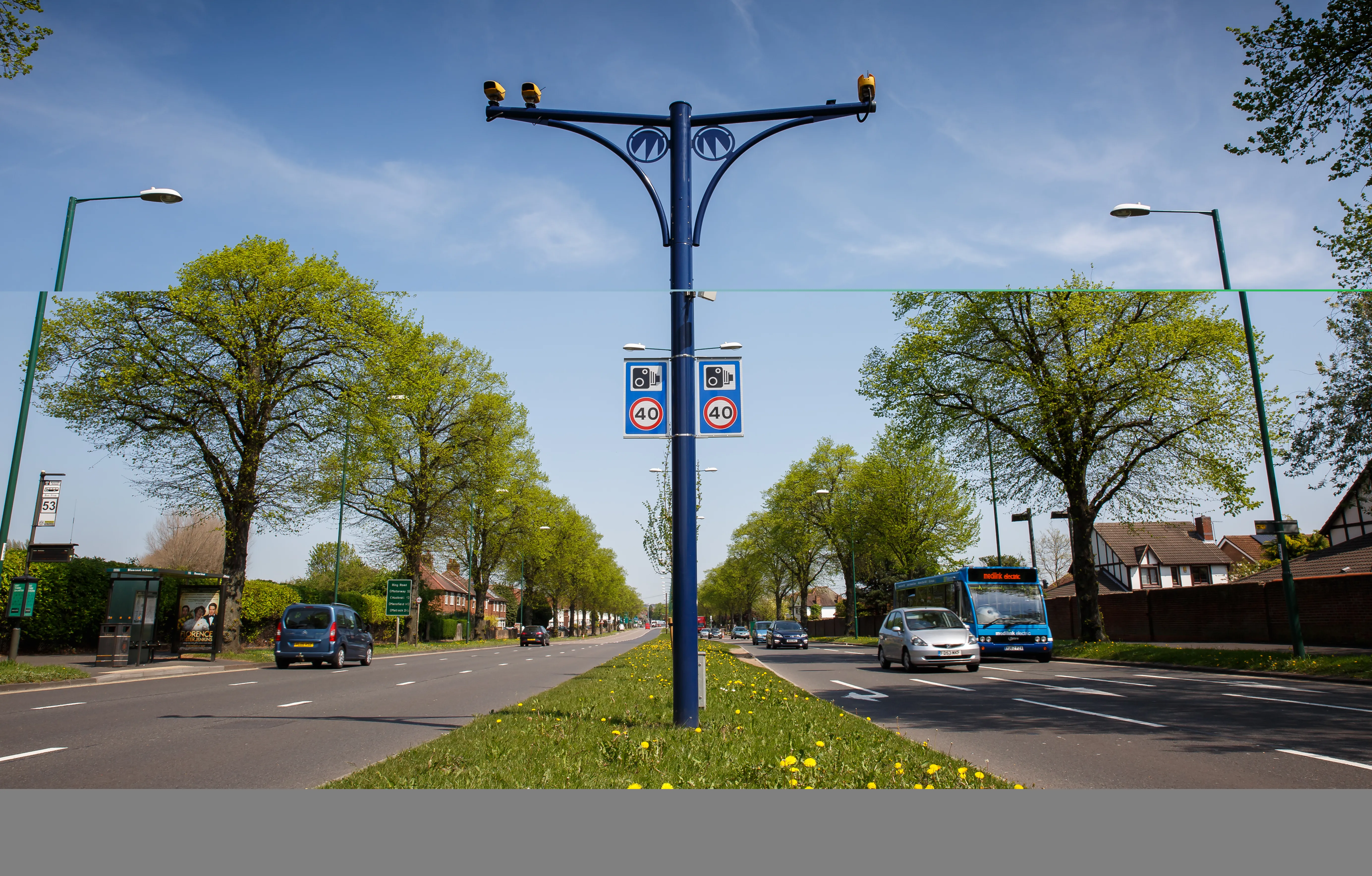Police in a German town were initially disbelieving when they received a call that an alligator had been seen roaming through the town at night and was close to a local motorcycle shop. However by the time they received several calls they realised that the callers were not mistaken and a quick search soon found the stray alligator, wandering the streets and causing a disturbance to traffic. The police were able to trap the 1m long alligator using equipment usually used for tackling dogs. The alligator was t
February 22, 2012
Read time: 2 mins

Police in a German town were initially disbelieving when they received a call that an alligator had been seen roaming through the town at night and was close to a local motorcycle shop. However by the time they received several calls they realised that the callers were not mistaken and a quick search soon found the stray alligator, wandering the streets and causing a disturbance to traffic. The police were able to trap the 1m long alligator using equipment usually used for tackling dogs. The alligator was taken into custody, as much for its own protection as for the safety of the town's citizens. A subsequent enquiry discovered that the alligator had escaped from a circus being held at a school.
Elsewhere in Germany police were forced to deal with a serious llama situation, which also caused traffic upsets. Three police cars raced to aid a frightened female llama that had run away from its over-enthusiastic male suitor. The female llama, named Luisa, jumped over a boundary fence and dodged high speed traffic on an autobahn. Police managed to calm the nervous animal, tempting it into a forest where they sprung upon the llama with a lasso, captured it and returned the runaway to the field where it had started out. It is not clear if special relationship counseling sessions were arranged for either of the troubled llamas.
Elsewhere in Germany police were forced to deal with a serious llama situation, which also caused traffic upsets. Three police cars raced to aid a frightened female llama that had run away from its over-enthusiastic male suitor. The female llama, named Luisa, jumped over a boundary fence and dodged high speed traffic on an autobahn. Police managed to calm the nervous animal, tempting it into a forest where they sprung upon the llama with a lasso, captured it and returned the runaway to the field where it had started out. It is not clear if special relationship counseling sessions were arranged for either of the troubled llamas.








